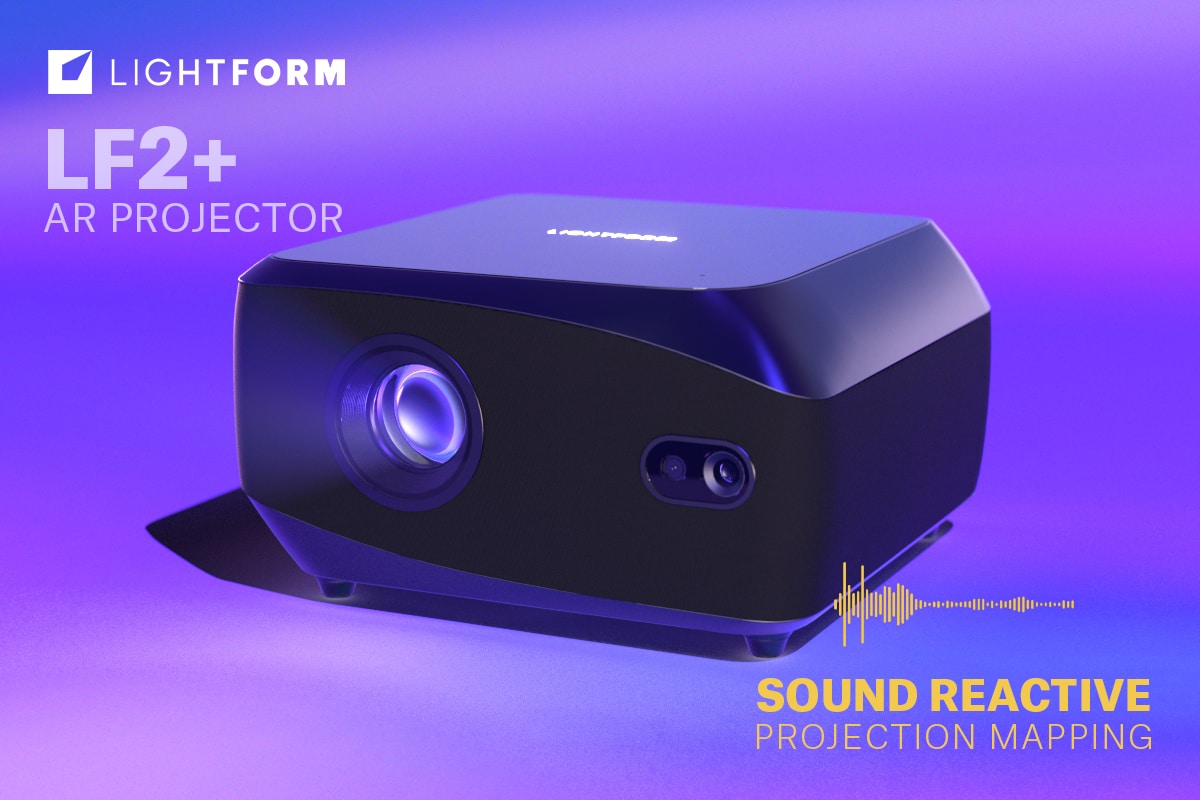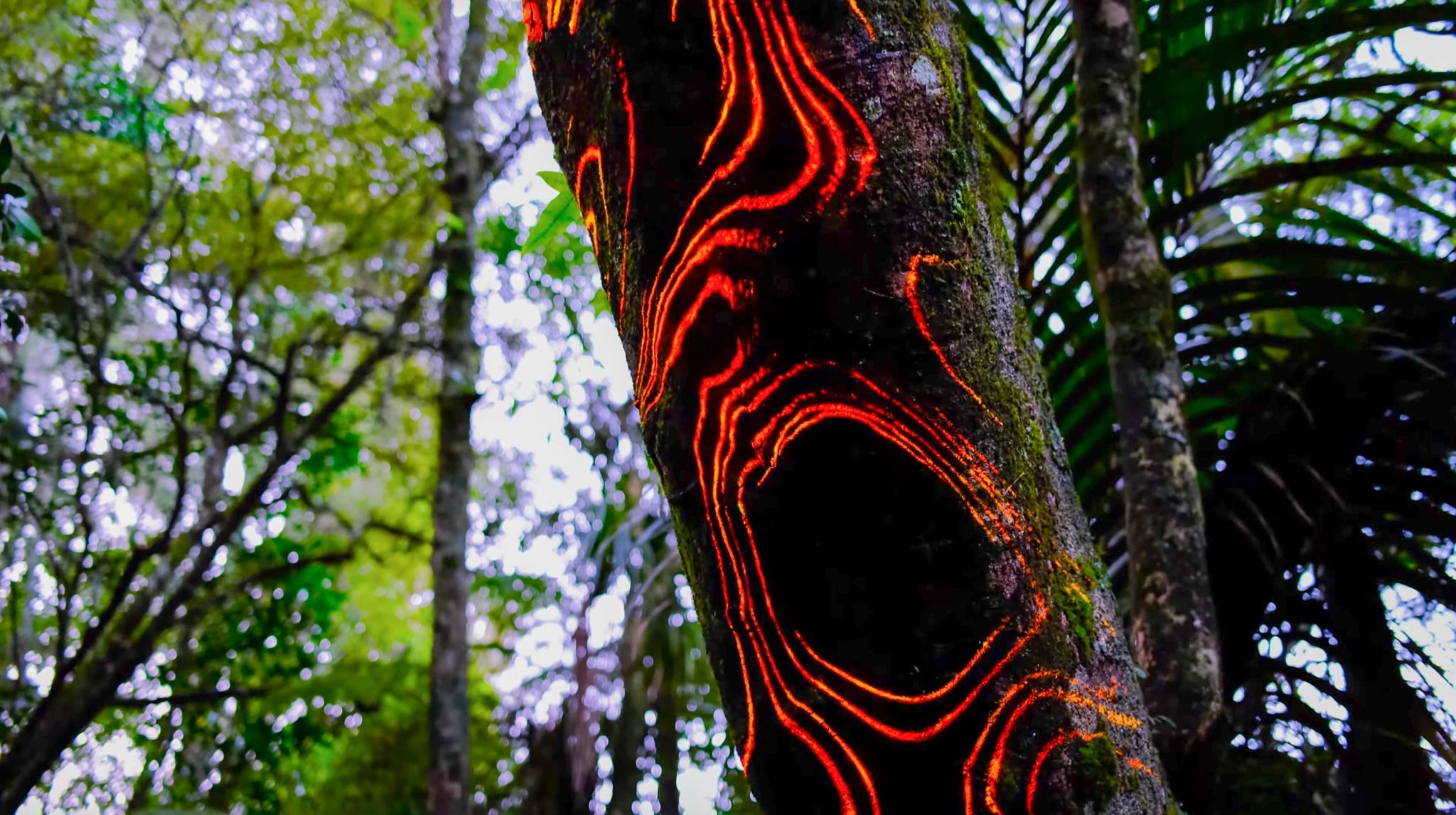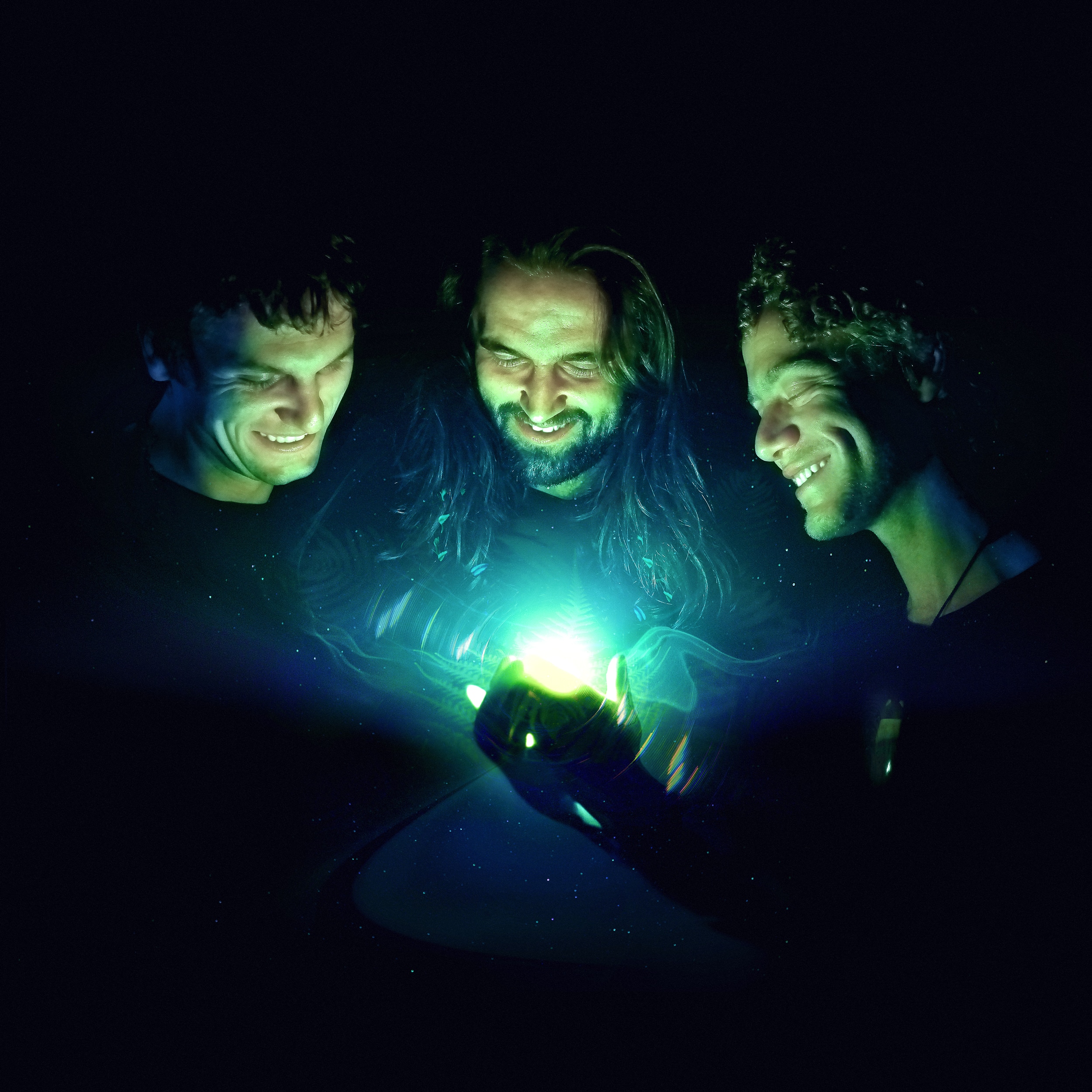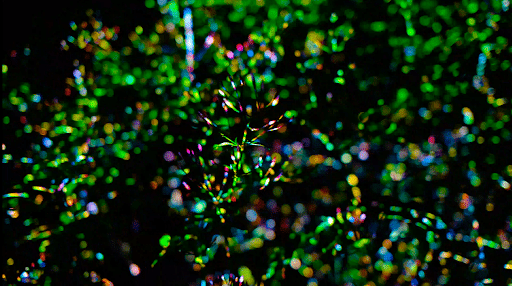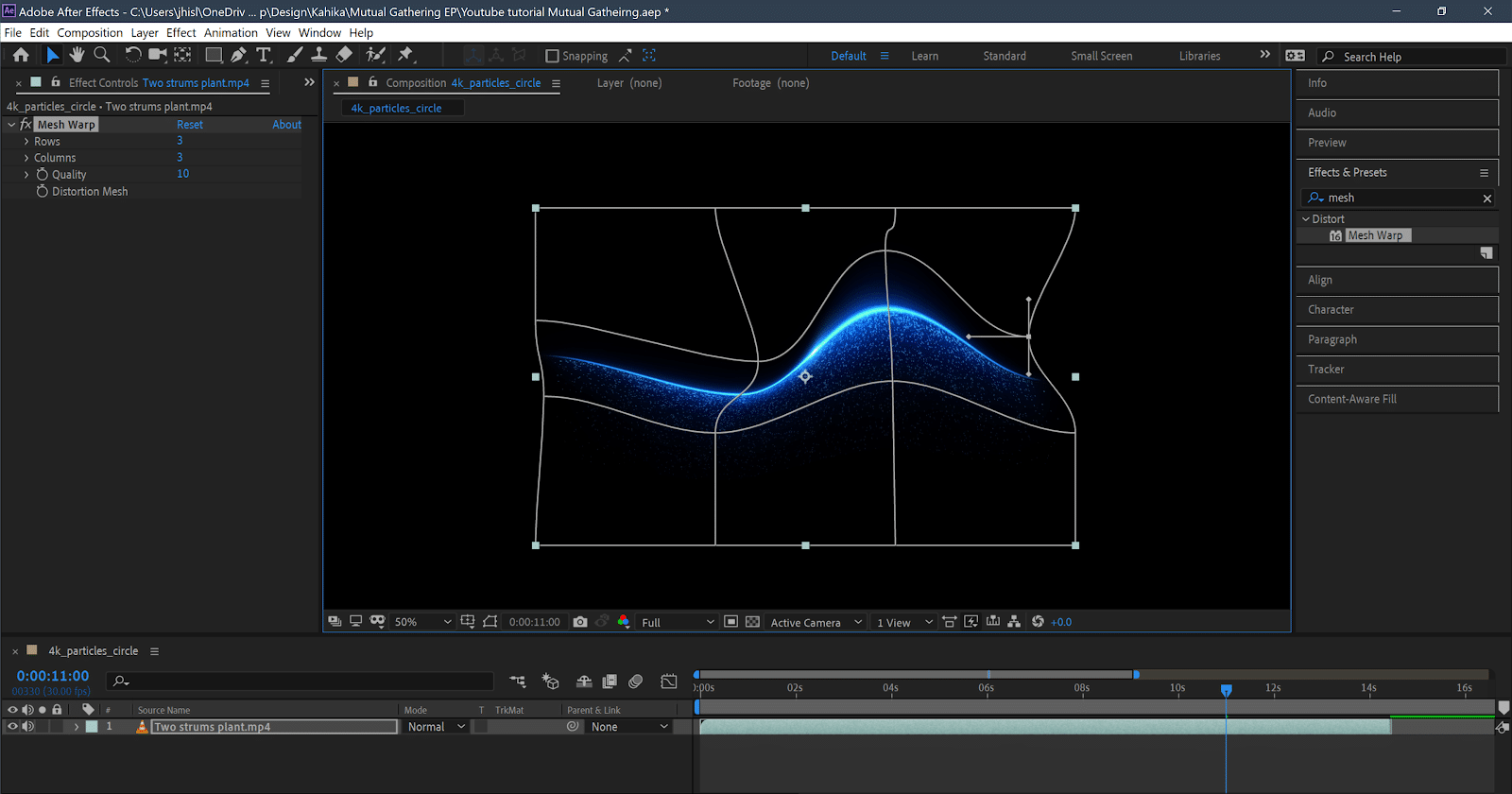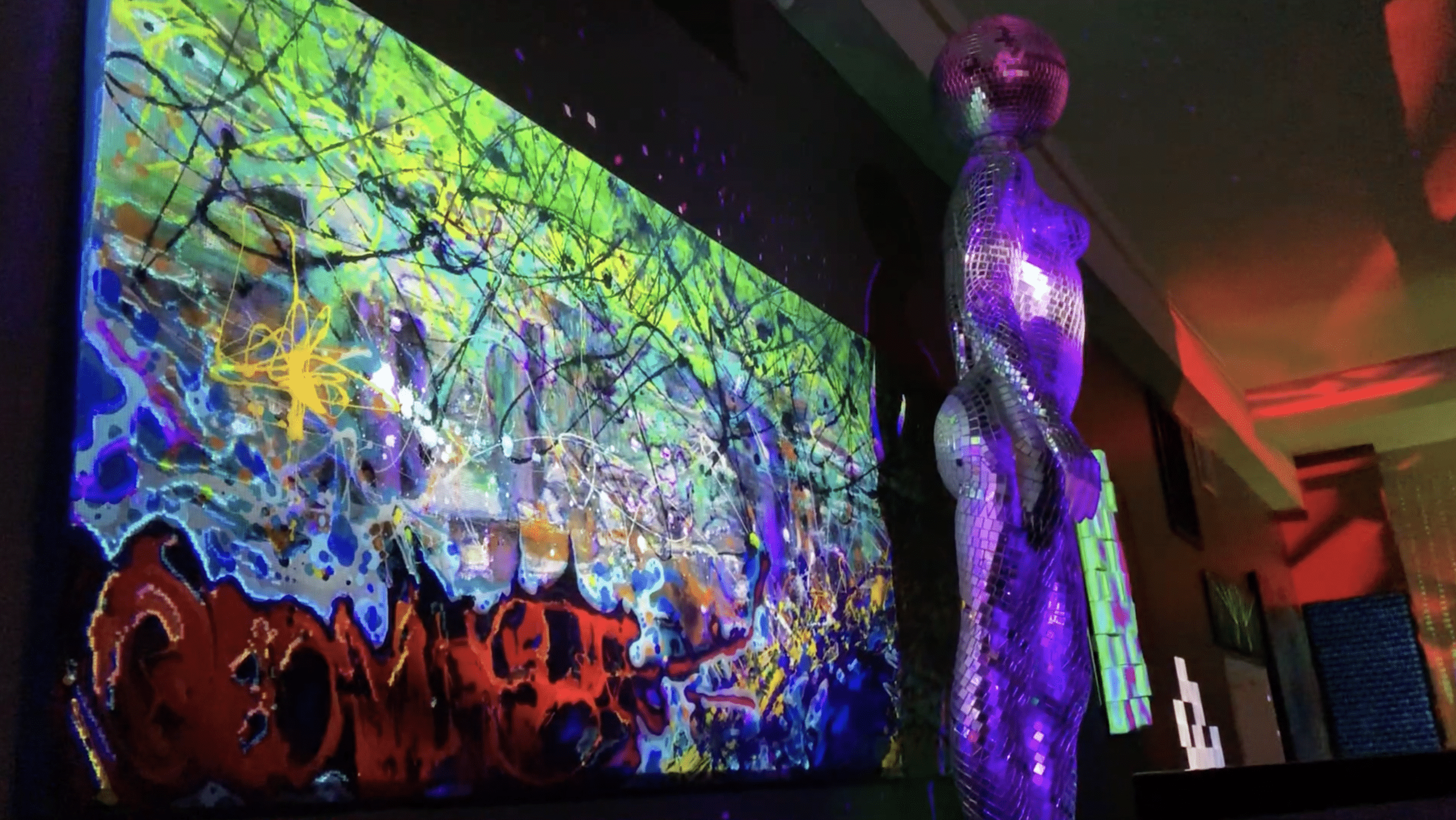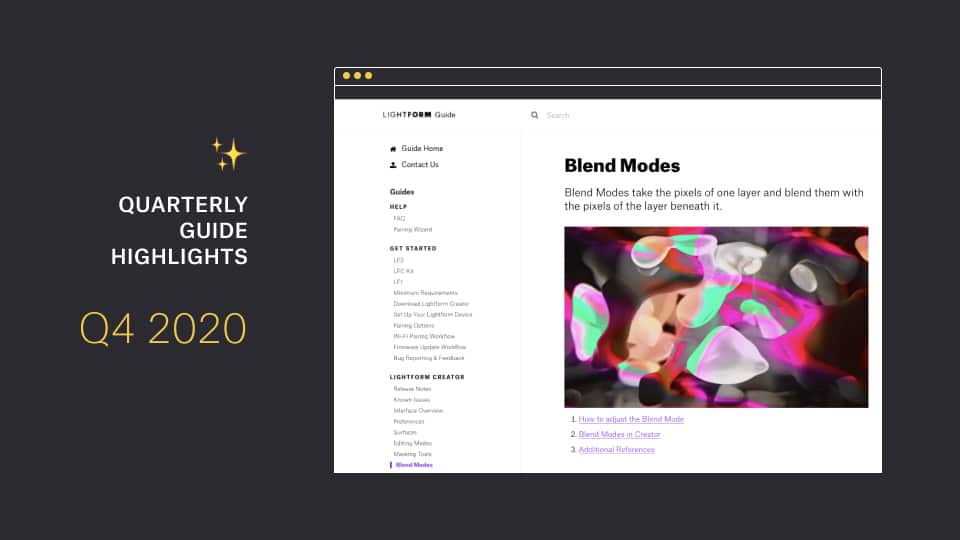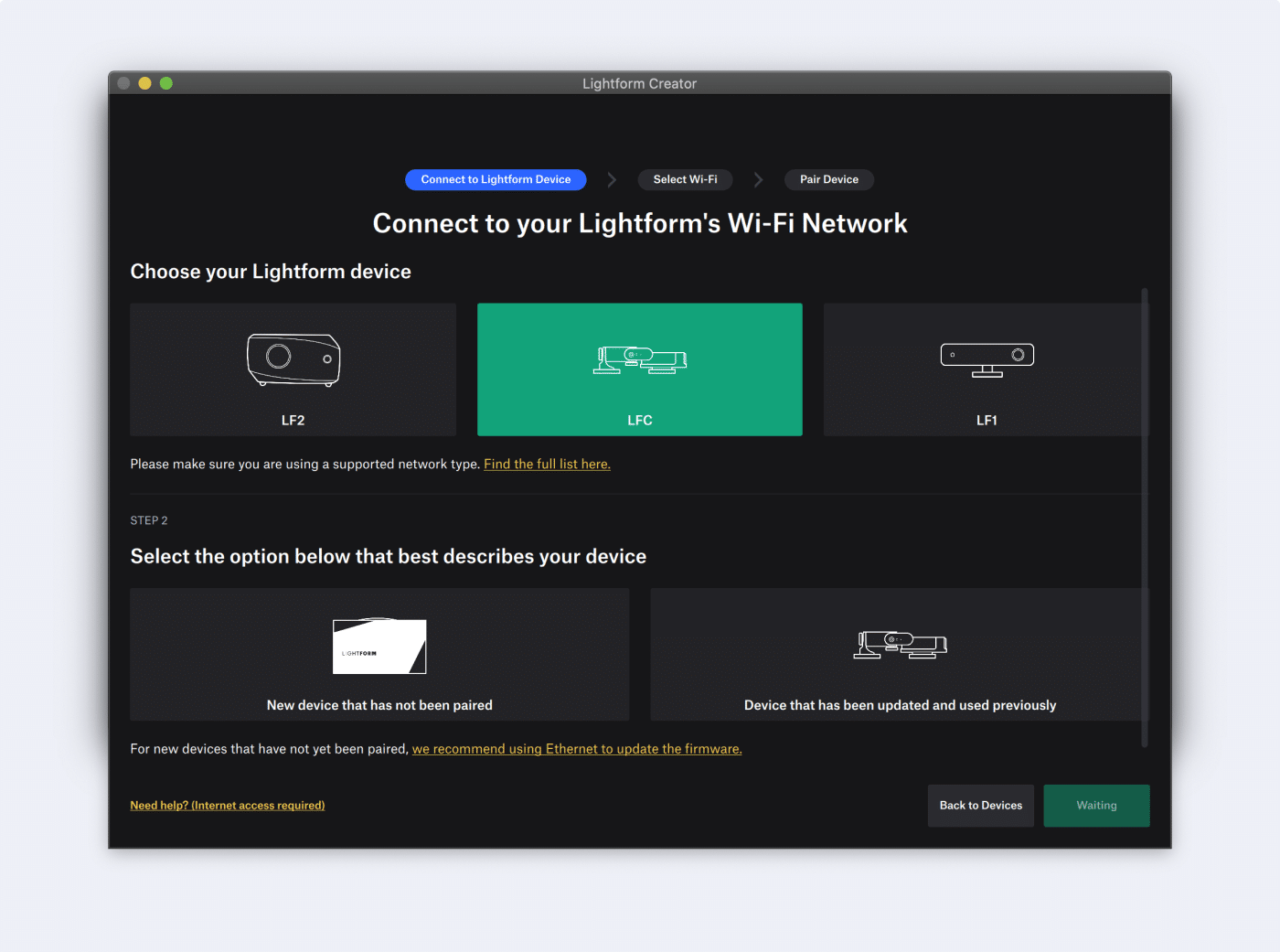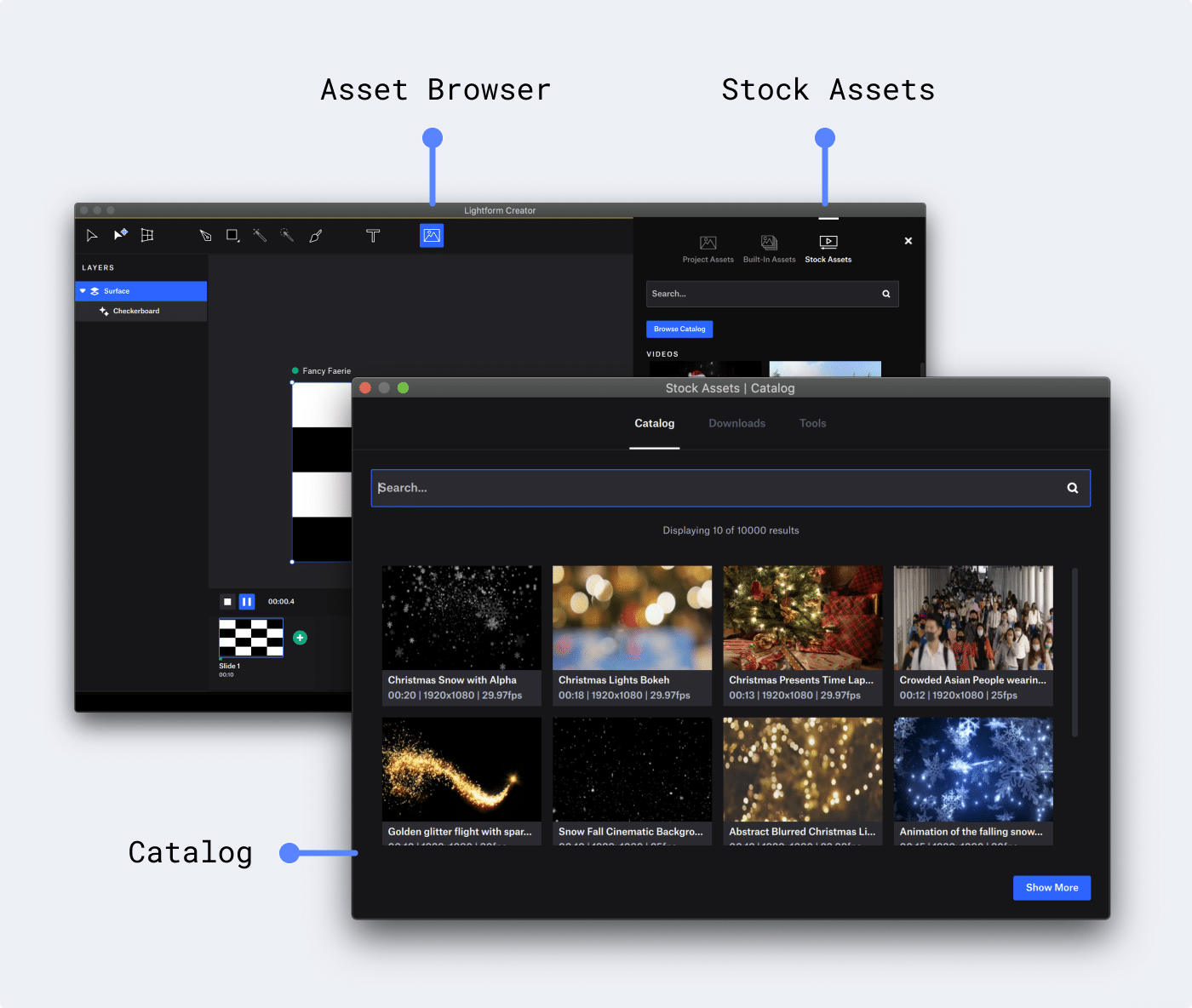Today Lightform is proud to introduce the availability of the LF2+ AR projector. The LF2+ has upgraded camera optics for significantly improved scans and audio reactivity capabilities providing a new creative dimension to projection mapping. The LF2+ retains the same sleek design as the LF2 while boasting additional features to enliven art, home offices, streaming backgrounds, and more.
Create Light & Sound Experiences
Lightform Creator now includes sound reactivity controls for effects and generators. It’s now easier than ever to make your projection mapping designs interact with audio. The LF2+ AR projector includes a microphone to take full advantage of this new functionality. If you are currently using an LFC or LF2, you can also take advantage of Creator’s new audio-reactive functionality. Please note that the LF2 will require an additional external USB microphone (we recommend using one of the following tested and supported USB microphones) to use the audio reactivity feature. On the other hand, the LFC Kit uses the microphone of the included Brio camera and does not require an additional microphone to utilize the new audio reactivity feature. Our recent Lightform Guide article, Get Started with Audio Reactivity, details additional information about audio reactivity in Creator and recommended microphones.
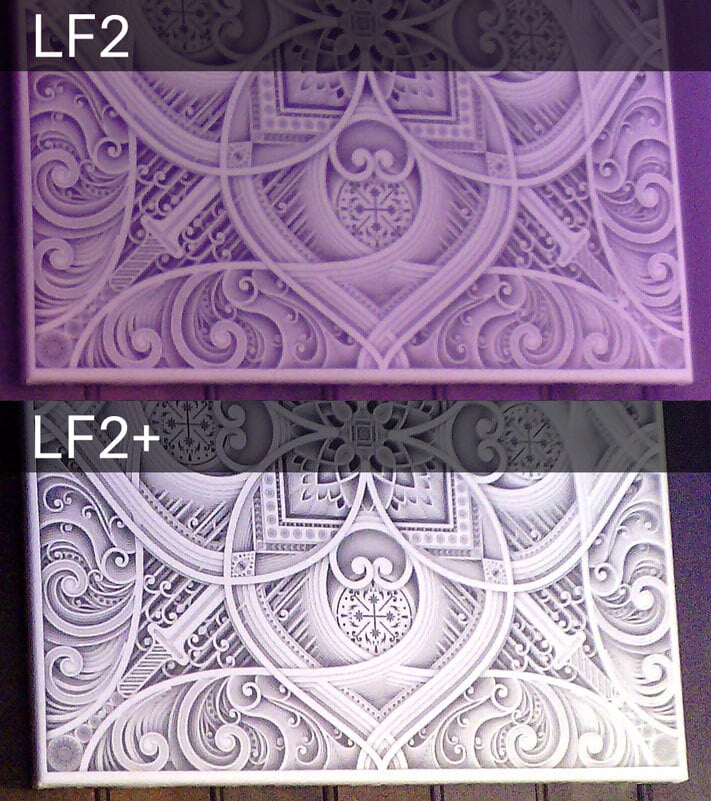
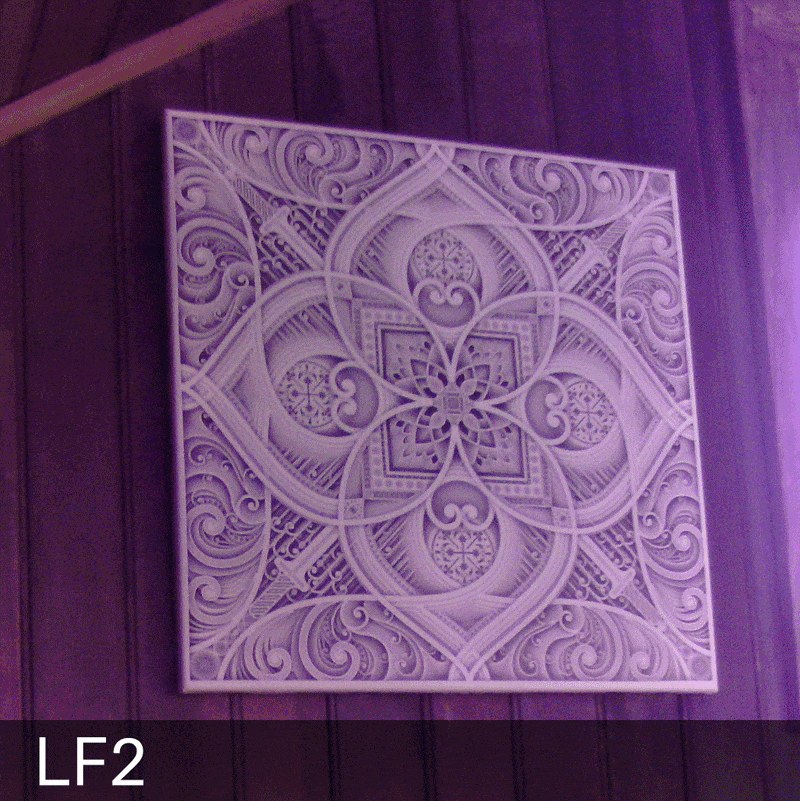
Projector camera image comparison.
Improved Scanning to Streamline Your Workflow
The improved optics in the LF2+ combined with Lightform Creator‘s new user interface streamlines projection mapping workflows with more accurate & detailed scans. No matter which device you’re using, LF2+, LF2, or LFC, the optimized scanning algorithms now in place in Creator will translate to faster scanning speed, greater post-processing control, and better response in darker lighting conditions
We invite you to learn more about the Lightform LF2+ AR Projector and Creator.
Note:
As of August 12th, 2022, Lightform is no longer in business and is no longer providing technical support for the product. Please refer to the Lightform Guide and FAQ for self-help resources.
